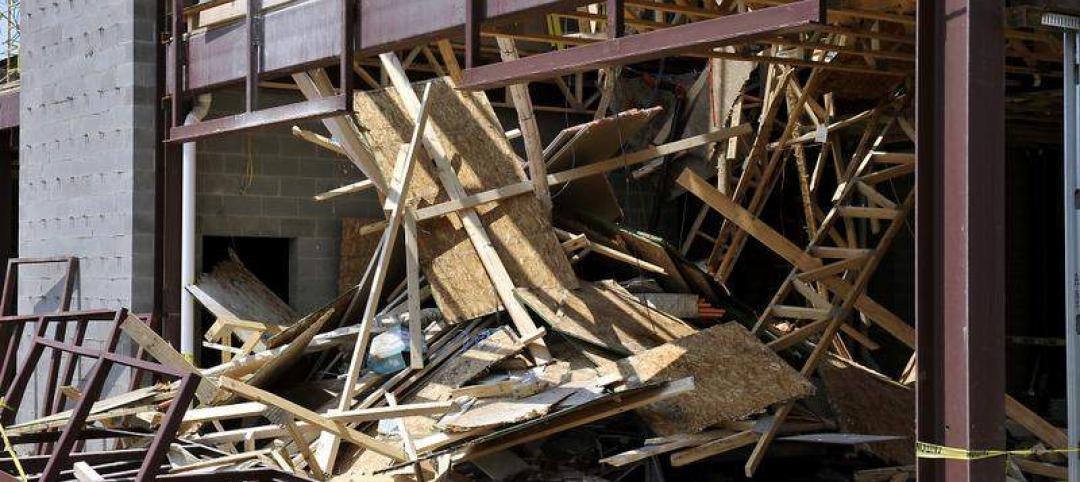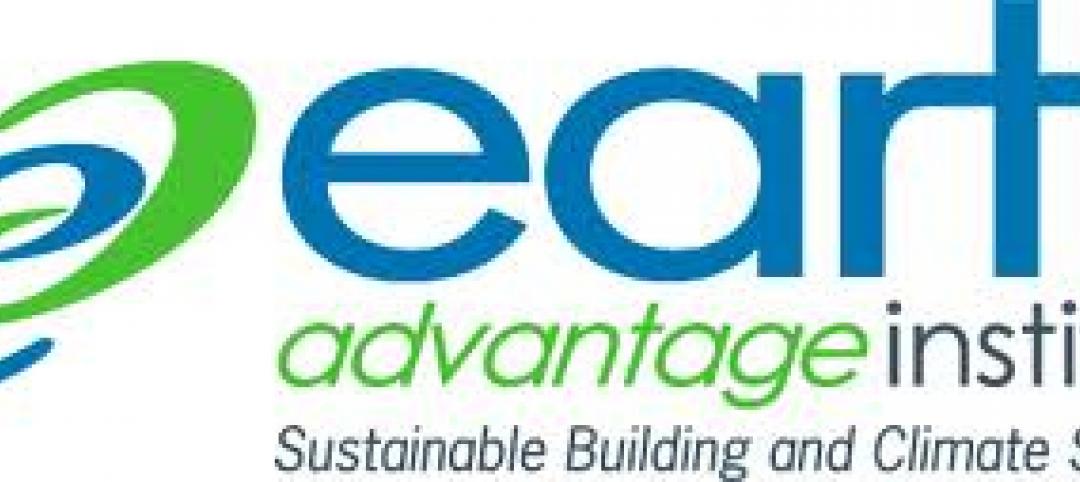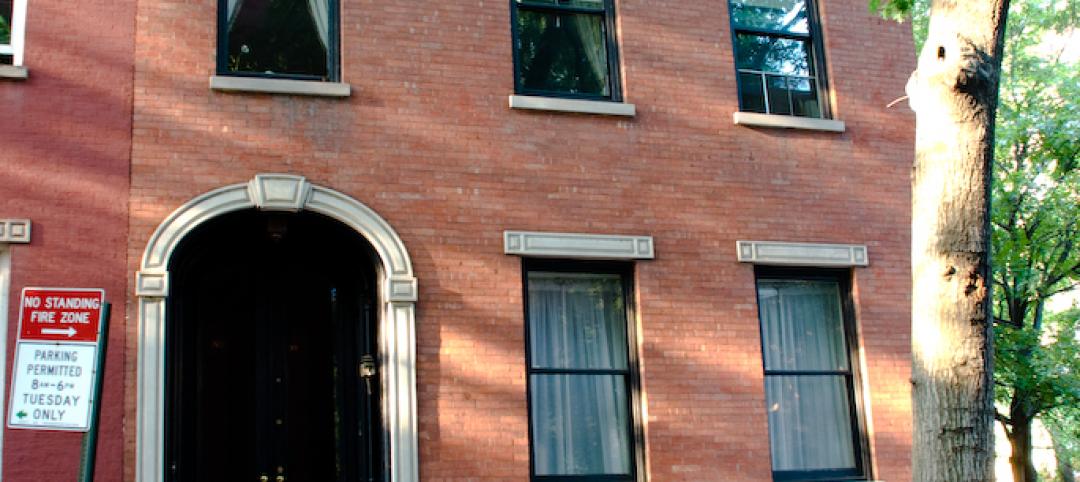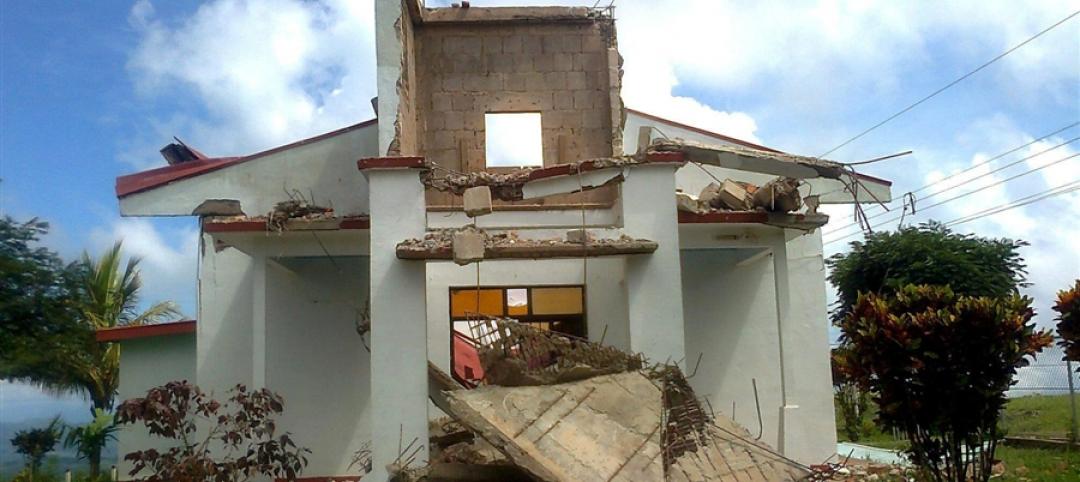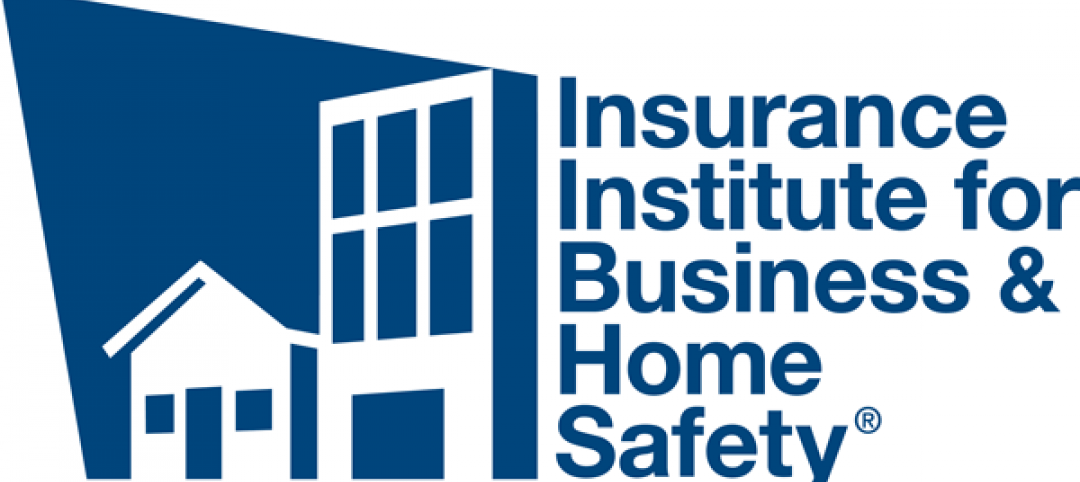A public beta version of a new tool that enables users to learn how building and infrastructure projects can “radically reduce embodied carbon” was released at Greenbuild this month.
The Embodied Carbon in Construction Calculator (“EC3”) delivers the first digitized EPDs for construction materials in a platform designed to accelerate early adoption, according to a news release from the Carbon Leadership Forum. The free, open-access tool is based on the industry’s first database of digitized Environmental Product Declarations (EPDs).
Unlike operational carbon emissions, which can be reduced over time with building energy-efficiency renovations and the use of renewable energy, embodied carbon emissions are locked in place as soon as a building is built. Embodied carbon will be responsible for almost half of total new construction emissions between now and 2050, according to Architecture 2030.
EC3 is the first free tool that allows for supply chain-specific analysis of embodied carbon data, using the first searchable and sortable database of all United States and Canadian Environmental Product Declarations for concrete, steel, wood, glass, aluminum, insulation, gypsum, carpet, and ceiling tiles. It is the first tool to create a digital EPD form and to translate all EPDs into that form for viewing and analyzing data. Previously, users had to work with PDF-based EPDs.
Related Stories
| Sep 20, 2012
Smithtown, N.Y. considers bigger fines for building code violations
After a Suffolk County grand jury recommended stiffer fines for illegal demolitions, Smithtown, NY officials are weighing tougher penalties for developers who violate the town building code.
| Sep 20, 2012
AGC awarded federal grant to provide fall-protection safety program
The Associated General Contractors of America will continue to provide fall protection safety training next year after being awarded a federal safety grant.
| Sep 20, 2012
East Lansing officials accused of ignoring unauthorized project that led to partial building collapse
The unauthorized construction of a fifth-floor penthouse on a downtown East Lansing, Mich. mixed-use development led to a partial building collapse earlier this year.
| Sep 20, 2012
Reflective roofs could reduce rainfall in Arizona
Green standards may have to take into account the impact of reflective roofs on rainfall in the desert Southwest.
| Sep 20, 2012
Earth Advantage Institute offers green certification for small commercial buildings
Earth Advantage Institute announced a new green building certification aimed at new or substantially remodeled small commercial buildings built to green standards.
| Sep 14, 2012
To create more pedestrian-friendly neighborhoods, Chicago unveils safety plan
As more urban mixed-use and residential developments aim to encourage residents to walk and use mass transit, cities are addressing pedestrian safety.
| Sep 14, 2012
Worker killed in Brooklyn building collapse; overloaded floor decking blamed
One worker was killed after he and others plunged 40 feet through an unfinished upscale Brooklyn townhouse building.
| Sep 14, 2012
NRCA University offers photovoltaic class
NRCA University will offer a class called “Photovoltaic Roof Systems: Energizing Your Business” Oct. 16 in Philadelphia.
| Sep 14, 2012
Costa Rica’s strict building codes prevent major damage in powerful quake
The relatively little damage from a 7.6 earthquake was due in large part to strict building codes in Costa Rica, a country that has long enjoyed more stability, better governance, and stronger economic development than many of its Central American neighbors.
| Sep 14, 2012
Building codes should require continuous connection from roof to foundation, says IBHS chief
“One of the most effective ways to greatly increase a building’s strength and safety during hurricanes, tornadoes and straight-line windstorms is to be sure the building is tied together properly,” says Julie Rochman, president and CEO of the Insurance Institute for Business & Home Safety (IBHS).





